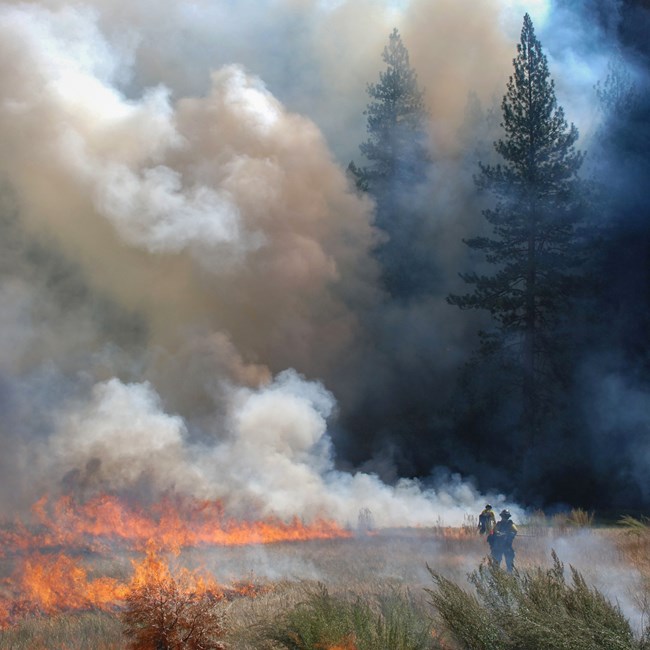
For thousands of years, humans have shared Yosemite’s landscapes with fire. Yosemite’s first people harnessed its power to clear and cultivate land; European American settlers quenched flames and suppressed blazes in an effort to protect the same land. Today, fire managers seek to restore its role as a natural ecosystem process while reducing threats to human health, safety, and property. But the future is uncertain: across the western US, earlier snowmelt and higher temperatures have driven larger, longer, and more severe fires than those seen historically. Over the coming years, these changes may bring landscape-level vegetation shifts, increasing carbon emissions from smoke, and a new chapter in the complicated relationship between humans and fire. A Departure from HistorySummer through fall is fire season in the Sierra Nevada. Yosemite’s plants, animals, and ecosystems depend on these regular cycles of renewal: wildfire thins undergrowth, returns nutrients to the soil, and triggers some plants to flower, release seeds, and sprout. However, when European American settlers arrived in the 1850s, they began fighting, suppressing, and extinguishing all fires. By the time mindsets began to change in the 1960s, Yosemite’s forests had amassed over a century of fuel buildup and dense growth. Fire managers today use prescribed fire, managed wildfire, and other tools to restore forest ecosystems and reduce the fuel load in preparation for future fires. 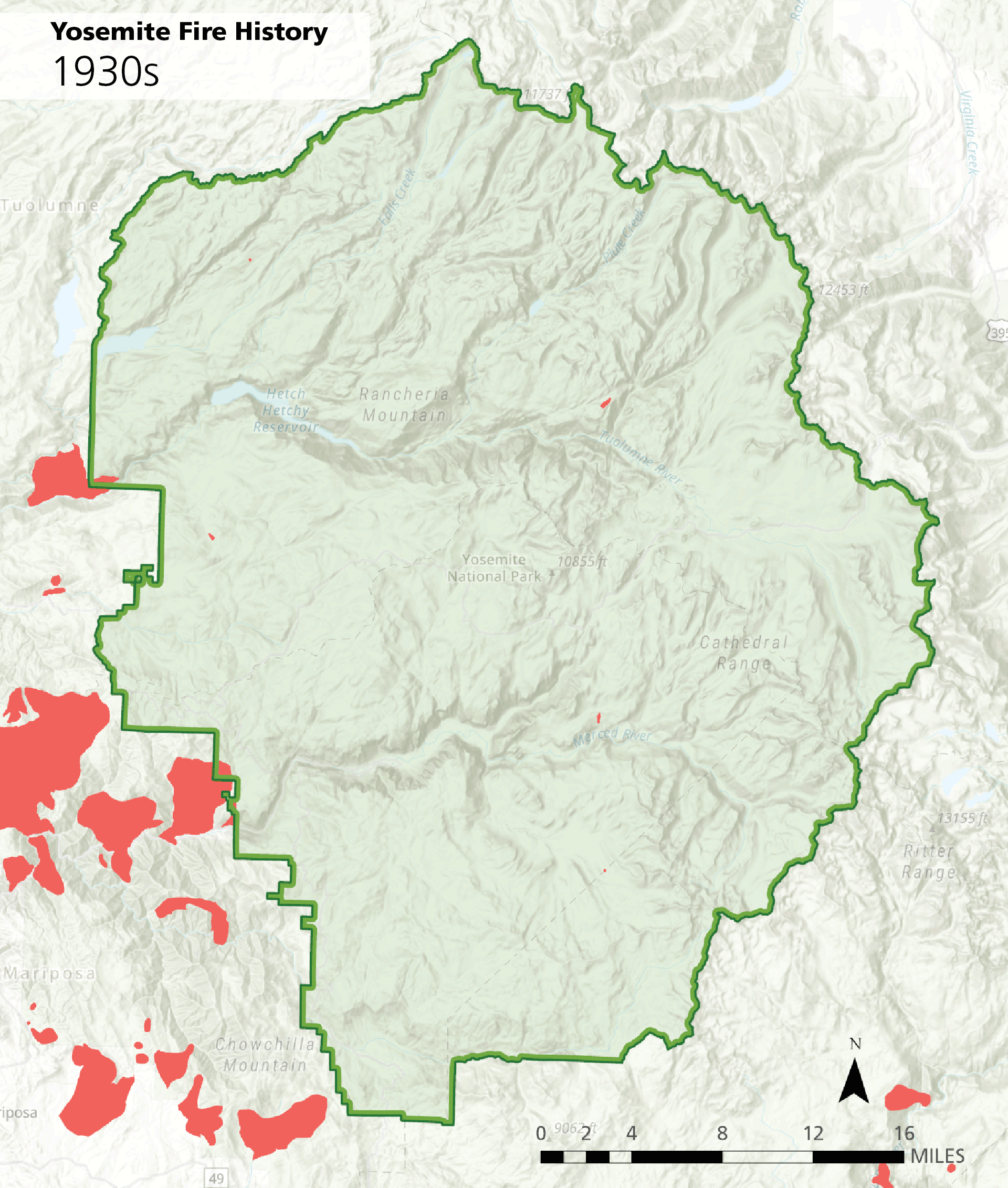
Human actions are also shaping wildfire patterns in less intentional ways. Warmer spring temperatures and earlier snowmelt linked to global climate change can lead to earlier, longer dry seasons. Meanwhile, hotter summers increase evapotranspiration (evaporation from the ground and from plant leaves), making vegetation and fuel even dryer and more flammable. Researchers connect these large-scale shifts with a jump in wildfire activity in the mid-1980s. Across the western US, fires burned four times as frequently, six times the total area, and lasted five times as long during 1986–2003 compared to 1970–1986. The most dramatic changes were seen in areas such as the northern Rockies, which have little history of fire suppression to explain the shift. A study looking back to 1916 found that climate was the main factor determining the extent of burned area across the western US. The complex interaction between humans and fire makes it difficult to pinpoint exact sources of change in Yosemite. Dense forests and fuel buildups left by 120 years of fire suppression continue to contribute to recent large fires in the park. At the same time, Yosemite has seen declining low- and mid-elevation snowpack, while summer temperatures have risen more than 4°F over the past century. There is little evidence that the change in fire management policy itself has been responsible for the increase in large fires; nearly all have been fought with the goal of full suppression. What changes are we seeing?

What’s next?
While most people never witness an active fire during their visit to the Yosemite, you are likely to encounter signs of their presence: wildfire smoke during fire season and burn scars along roads and hiking trails. Previously dense, shaded conifer forests can be transformed into sunny stands of charred trunks between one year and the next, resetting the ecological clock of fire succession. However, the ability of an ecosystem to recover naturally is compromised by underlying warming and drought. One study using data from Yosemite and elsewhere in the western US found that chronically climate-stressed trees were more likely to die from wildfire. Even if fire intensity (amount of heat released) remained constant, climate stress increased the fire severity (number of trees killed). 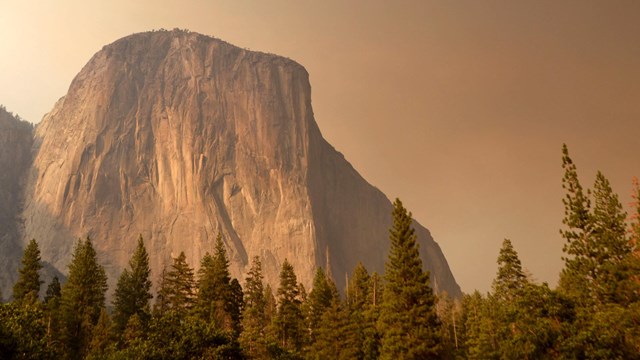
Climate Change in Yosemite
What does it mean to conserve and protect a place during a time of large-scale environmental change? 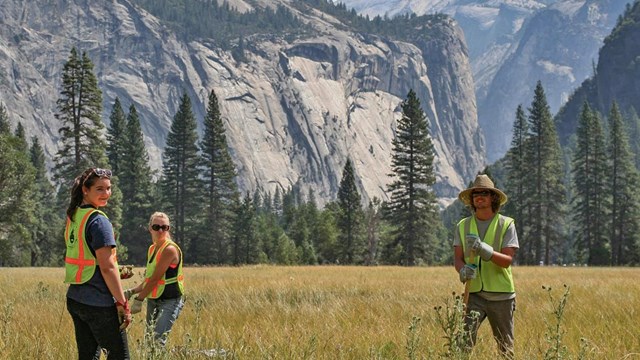
How is the park responding?
Yosemite serves as a unique living laboratory for climate scientists and a center for teaching, learning, and connection. 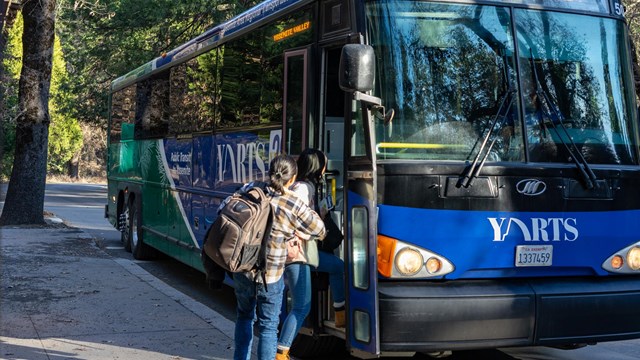
What can we do?
Simple choices can change the environmental impact of your trip to Yosemite. How can we shrink the carbon footprint we leave behind?
Learn more
|
Last updated: September 3, 2024
